Citroen C5 1.6 THP – Before and after cleaning the intake valves
We can never stress the importance of cleaning the intake valves frequently on THP engines. Even more so, when the car is to be remapped. The engine has to be completely healthy to produce more power, or the problems will come back to hunt you and cause big failures.
While the owner had suspected his C5 was underperforming, we got a better idea of what was going on when we tested it on dyno. In theory these engines produce around 150+hp at the flywheel when everything is working properly. As we found out, the engine was producing only 135hp with 220Nm of torque and behaving badly during acceleration.

Citroen C5 1.6 THP – clogged intake valves
As combustion residues and oil starts piling on the intake valves, performance drops more and more, day by day.
This is the comparison between clogged intake valves and having them cleaned. The difference is crazy!
Black lines – power and torque with clogged intake valves (stock map)
Blue lines – power and torque with cleaned intake valves (stock map)

Citroen C5 1.6THP – Clogged intake valves vs cleaned intake valves
The low end hesitations that were a major problem are completely gone. Maximum horsepower after cleaning was 152hp and torque 245Nm, as should be.


































